Anytime you are spending hours on large snow fields or glaciers, especially in the spring and summer, you are at risk of severe sunburns from reflected sunlight. Snow and ice can reflect up to 80% of UV rays. Exposure is increased at high altitudes where the thinner atmosphere offers less protection. The risk exists even in cloudy conditions.
I don’t represent any brands or receive any financial benefits from any of the gear I recommend on this website. All gear reviews and recommendations are personal and free from influence. I also don’t use any affiliate links.
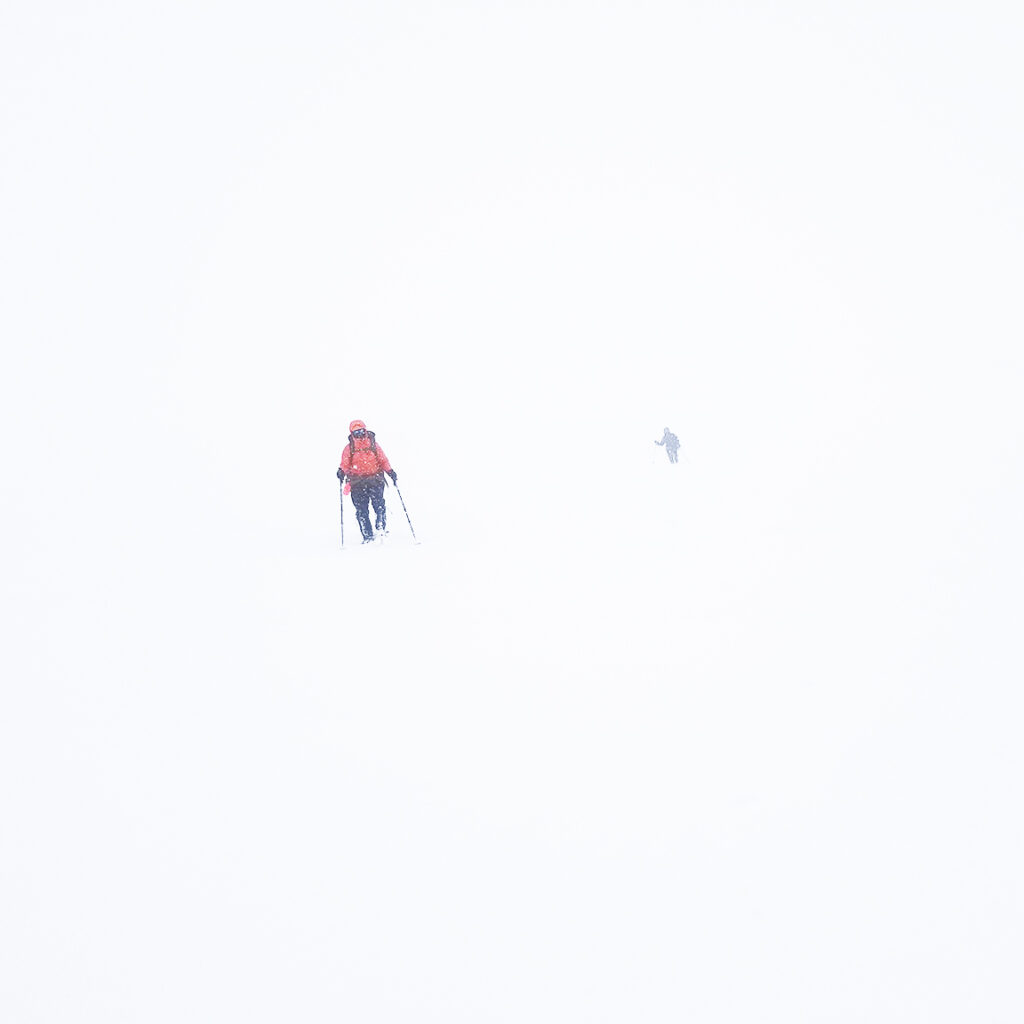
In Washington State, intense sunburns and eye injuries are common during the summer on popular routes, such as Camp Muir and the South Climb of Mount Adams.
Sunburn Prevention
The goal is to cover exposed flesh and protect the eyes completely. Avoid short-sleeved shirts and short pants. Reflected UV rays can burn you where you least expect it such as on the bottom of your nose and upper lip. Wearing a sun hat does not protect your face from the UV rays reflecting up from the snow.
- UV Shirts with a Hoodie: UV shirts are often sold as “fishing shirts” because they are used by people spending long periods around water. Some UV shirts have built-in face masks (buff) that can be pulled up to cover the lower area of your face (Rodeel US is one such company).
- Buffs, Bandanas, and Scarves: Buffs, also called neck gaiters, are a tubular piece of fabric worn around the neck. They are made from lightweight, stretchy polyester materials or merino wool.
- Balaclavas: Balaclavas come in different thicknesses. Some are ideal for cold weather and are primarily used for wind protection. However, thinner balaclavas are popular among bikers and cyclists and can be used for UV protection. On warm sunny days, the thinner balaclavas are more comfortable.
- Sunscreen: I have tried many types, some are highly recommended and claim to be dermatologist-recommended, such as EltaMD UV Clear Face Sunscreen SPF 46 and La Roche-Posay Anthelios Melt-In Milk Sunscreen SPF 100. My preference is the UK brand Soltan SPF50+ but it is not available in the US. Whatever sunscreen you choose it needs to be an option that is SPF 30 or above. Apply 15 minutes before going into the sun and reapply every 1-2 hours.
- UV Gloves: Use thin gloves or glacier gloves to protect your hands
- UV Nose Guard (or nose shield): A nose shield attaches to your glasses and covers the nose. These are commonly used by mountaineers and skiers.
- UV umbrellas: In windy conditions and with heavy winter gear, the added weight of a UV umbrella is not recommended. However, there are trips when I will bring and use them. They can be especially helpful on summits where there is no relief from the sun.
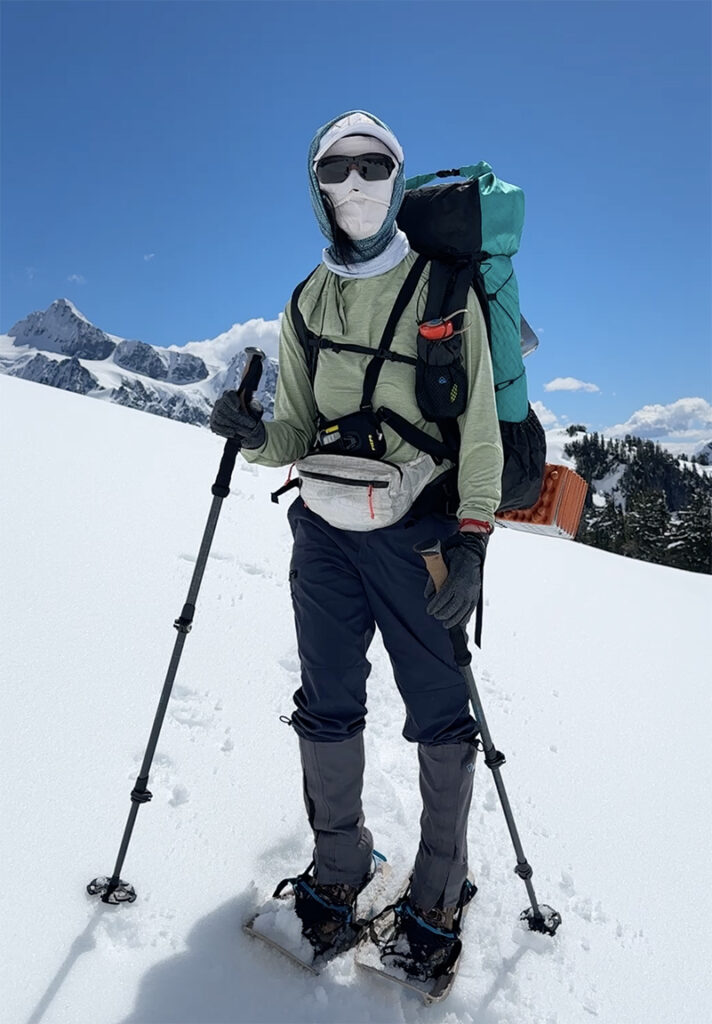
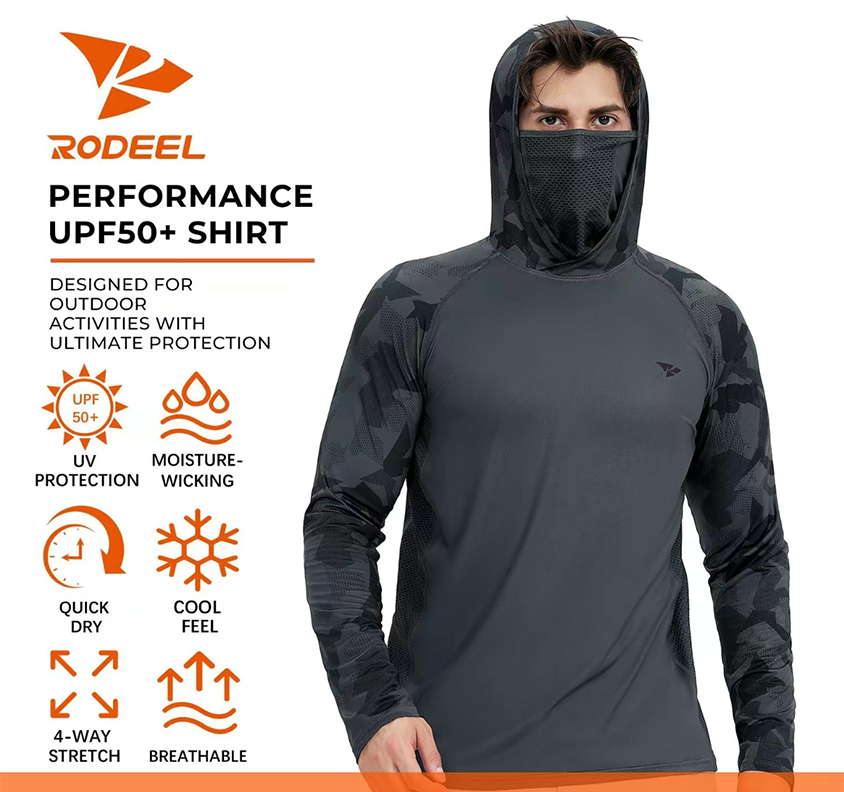
Aloe Vera: After hiking, apply Aloe vera gell. It contains compounds like aloin and bradykinase that can help reduce inflammation, pain, redness, and swelling caused by sunburn.
UV forehead protection
I have used a balaclava and goggles and still experienced severe sunburn on my forehead because of a small half-inch gap between my goggles and the balaclava. Applying sunscreen to your forehead can be problematic because it may get into your eyes when you sweat, causing a painful burning sensation. One way to get better forehead coverage is to wear a cap over the UV hoodie so that the hoodie is pressed down over the forehead and your goggles are fitted over the portion of the hoodie that is draping over your forehead. I prefer a hoodie with a built-in mask rather than a balaclava or buff.
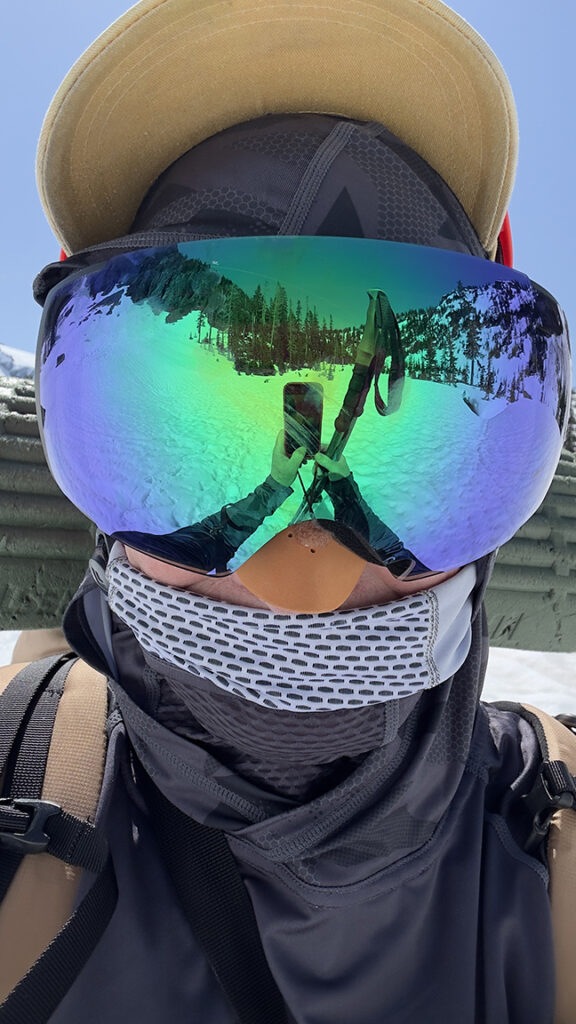
Snow Blindness
Snow blindness, also known as photokeratitis, is an eye condition caused by excessive exposure to ultraviolet (UV) rays reflected off snow. It is a sunburn of the cornea—the transparent front layer of the eye.
Symptoms
Common symptoms include color distortion, eye pain, burning sensation in the eyes, extreme sensitivity to light, blurry or distorted vision due to corneal damage, eyes tearing, swollen eyelids, a feeling of something being in the eye, and headaches.
Prevention
Wear sunglasses with 100% UV protection when outdoors in snowy conditions for extended periods of time. Regular sunglasses, though better than nothing, offer insufficient protection. Wear either glacier glasses or ski goggles that have true category 4 darkness, which is too dark for driving. Not all glacier glasses or ski goggles offer category 4 protection. Ski goggles provide two advantages. Goggles cover more of your face and can fit over your regular prescription glasses, making the goggles an affordable alternative to prescription glacier glasses.
Fogging Glasses
If the face mask is causing your glasses to fog, pull the mask slightly down to expose the nose, use sunscreen on the bottom of your nose, and wear a nose guard to protect the top of the nose.
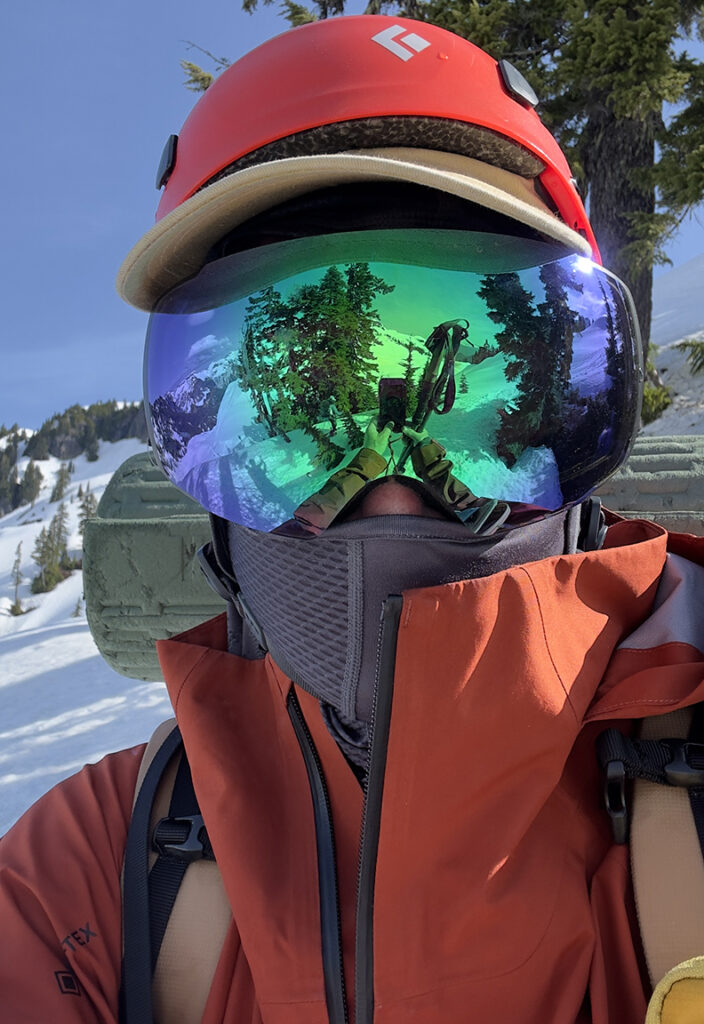
I have several non-prescription glacier glasses, but I prefer to use goggles made by Outdoor Masters, the official supplier to the US Ski Team. These affordable goggles feature anti-fog, wide view, and UV protection. They fit comfortably over my prescription glasses and came with a protective case. I use them for both wind and UV protection. The main reason I prefer them is that they cover and protect my face better than glacier glasses.
Have any questions or comments?
Preventing UV skin damage has been an ongoing challenge. I have tried many things and this post reflects my current stage in this journey. I am happy to hear from others about their experiences and gear preferences. In the comment section below, let us know your thoughts. Your comments and questions are welcomed.